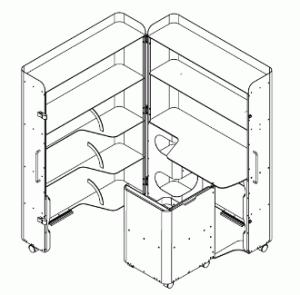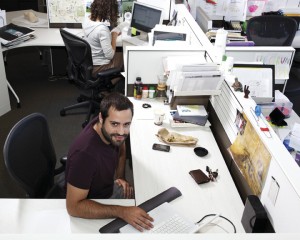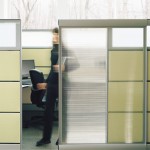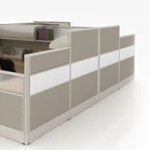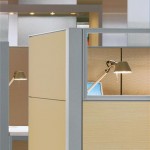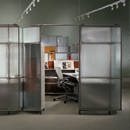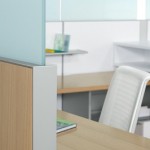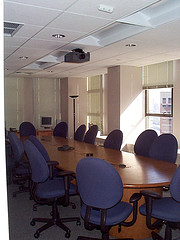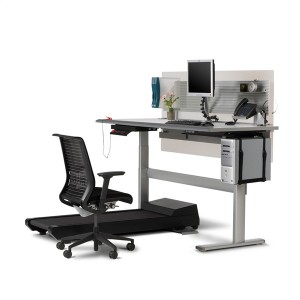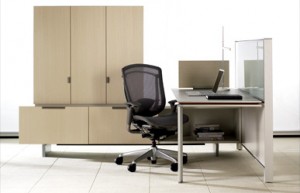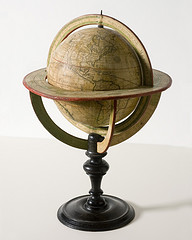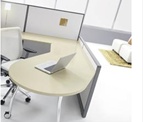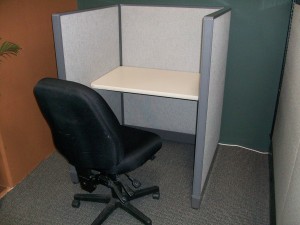 There seems to be a lot of negativity surrounding the topic of small cubicles. Employers complain of the poor morale caused by squeezing workers into tiny boxes for 40+ hours a week. Employees gripe that they don’t have enough personal space in these cramped quarters. But every cloud has a silver lining and it’s time these diminutive workstations got a fair shake. So, here’s a tongue in cheek look at 3 things to enjoy about really, really small office cubicles:
There seems to be a lot of negativity surrounding the topic of small cubicles. Employers complain of the poor morale caused by squeezing workers into tiny boxes for 40+ hours a week. Employees gripe that they don’t have enough personal space in these cramped quarters. But every cloud has a silver lining and it’s time these diminutive workstations got a fair shake. So, here’s a tongue in cheek look at 3 things to enjoy about really, really small office cubicles:
Cozy Quarters Increase Activity
It may seem counter-intuitive, but working in a mini-cubicle means you are more likely to exercise. You will use every opportunity to get out of that cramped space and walk around the office looking like you are on an important errand that is vital for your job. As the square footage of your cubicle decreases, you can expect to shave inches off your waistline. Eventually, you will be so thin that your cube will seem positively roomy in comparison.
A Better Quality of Gossip
Since cubes with a small footprint allow more employees to work within earshot of each other, there will be a higher number of private phone conversations that you “can’t help” but overhear. If you end up vying with these coworkers for a promotion, you will have plenty of ammunition at your disposal to sabotage their chances and ensure your own success.
Prepare for Takeoff
Almost every little kid dreams of being an astronaut when they grow up. Now, as a white collar office drone, you may be closer to this goal than ever. Spacefarers must prove that they can take the psychological strain of living in close, overcrowded quarters for prolonged periods. Your tenure in a petite cubicle may actually prepare you for being among the individuals selected for the honor of founding our first colony on Mars.
